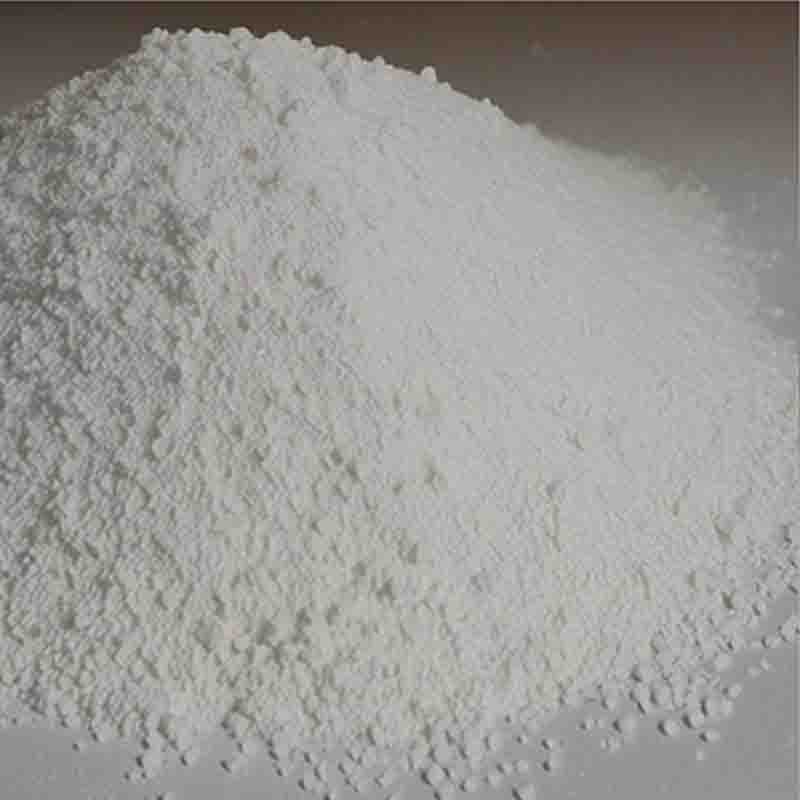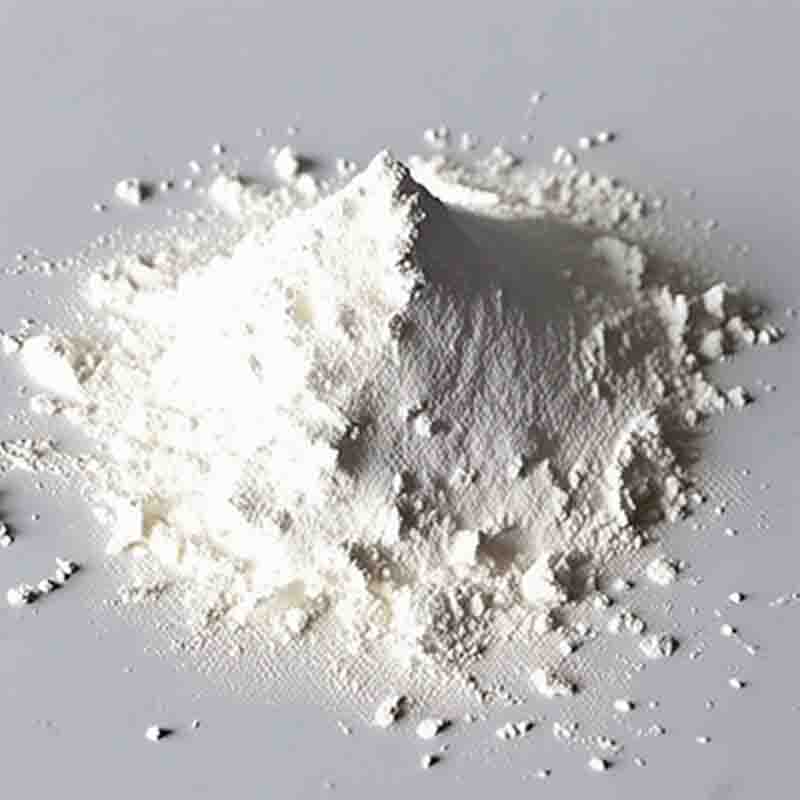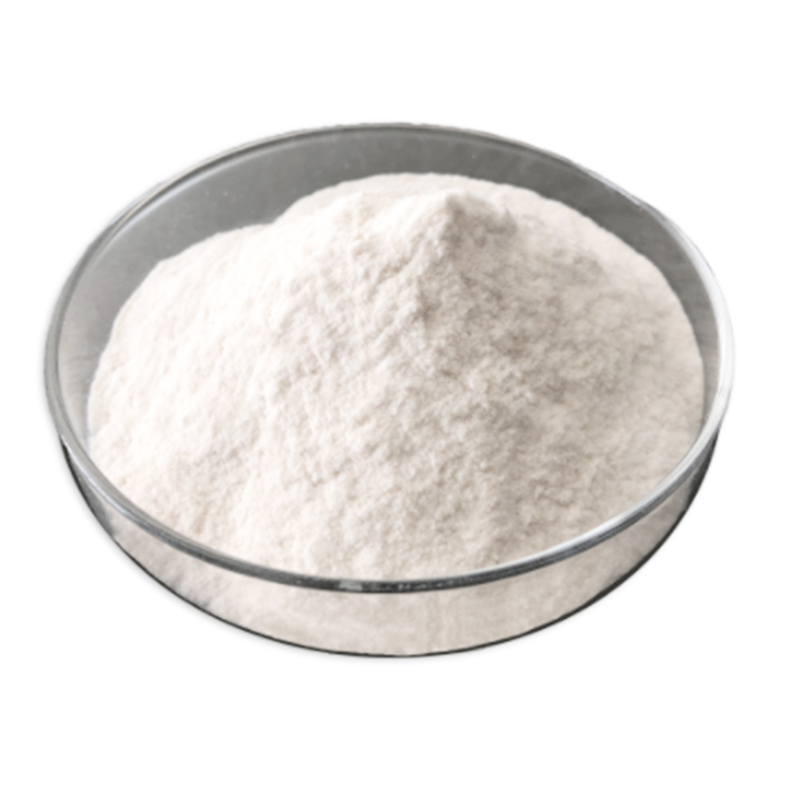1,3-Dihydroxynaphthalene CAS:132-86-5
| Catalog Number | XD94709 |
| Product Name | 1,3-Dihydroxynaphthalene |
| CAS | 132-86-5 |
| Molecular Formula | C10H8O2 |
| Molecular Weight | 160.17 |
| Storage Details | Ambient |
Product Specification
| Appearance | White powder |
| Assay | 99% min |
1,3-Dihydroxynaphthalene, also known as 1,3-naphthalenediol, is a chemical compound that possesses several interesting effects and applications. In this response, we will discuss its effects within the given word limit.One significant effect of 1,3-Dihydroxynaphthalene is its antioxidant activity. It contains two hydroxyl groups attached to a naphthalene ring, which grants it the ability to scavenge free radicals and protect cells from oxidative damage. Oxidative stress can lead to various diseases and conditions, including aging, cardiovascular disorders, and certain types of cancer. The antioxidant properties of 1,3-Dihydroxynaphthalene make it a potential candidate for the development of therapeutics aimed at mitigating oxidative stress-related conditions.Furthermore, 1,3-Dihydroxynaphthalene has been studied for its potential as an anticancer agent. Research has suggested that this compound exhibits cytotoxic properties against cancer cells, resulting in cell death. It has shown promising activity against various cancer types, including breast, lung, and colon cancer. Additionally, 1,3-Dihydroxynaphthalene has been found to inhibit cancer cell proliferation and induce apoptosis, the programmed cell death process. These findings highlight its potential use as a therapeutic compound or as a lead molecule for the development of novel anticancer drugs.Moreover, 1,3-Dihydroxynaphthalene has demonstrated antimicrobial effects. Studies have shown its activity against a range of microorganisms, including bacteria, fungi, and protozoa. It has exhibited bactericidal and fungicidal activities against pathogens like Escherichia coli, Staphylococcus aureus, Candida albicans, and Aspergillus niger. These antimicrobial properties suggest potential applications of 1,3-Dihydroxynaphthalene as an antimicrobial agent or as an ingredient in the development of preservatives for various products.Additionally, 1,3-Dihydroxynaphthalene has been explored for its potential as a colorimetric and fluorescent sensor. It has been found to selectively and sensitively detect various metal ions, such as aluminum, iron, and copper, based on color or fluorescence changes. This ability to detect metal ions may have applications in environmental monitoring, industrial processes, and biomedical studies.In summary, 1,3-Dihydroxynaphthalene possesses several notable effects and potential applications. Its antioxidant activity presents possible therapeutic uses against oxidative stress-related conditions. Its anticancer properties suggest its potential as an anticancer agent or as a lead compound for drug development. Additionally, its antimicrobial effects make it a candidate for use in antimicrobial agents or as a preservative. Lastly, its ability to detect metal ions suggests potential applications in various fields, including environmental monitoring and biomedical research. Further research and exploration of its effects will contribute to a better understanding of its full potential in these areas.


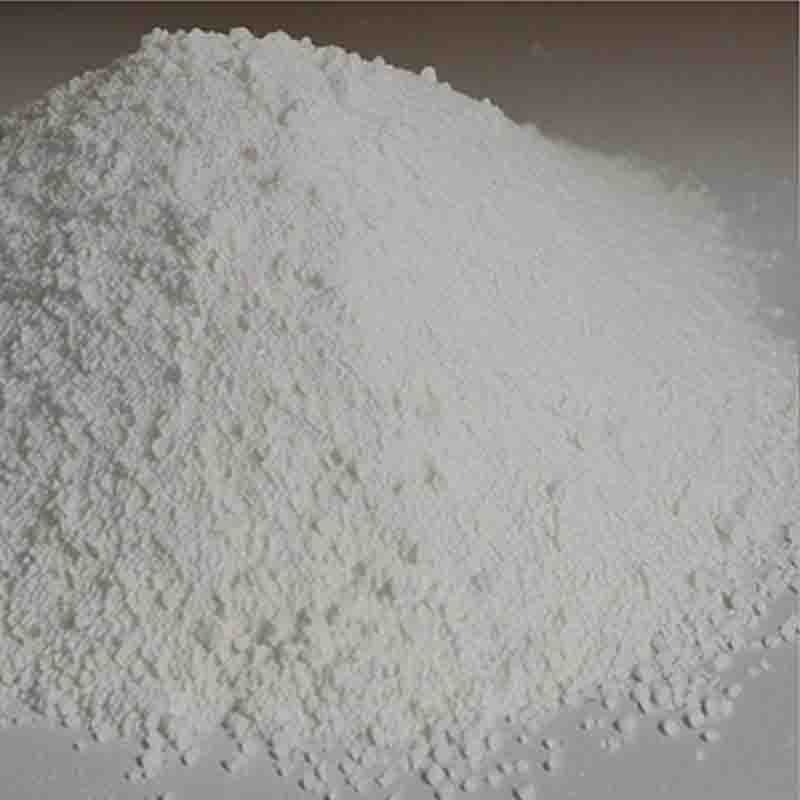

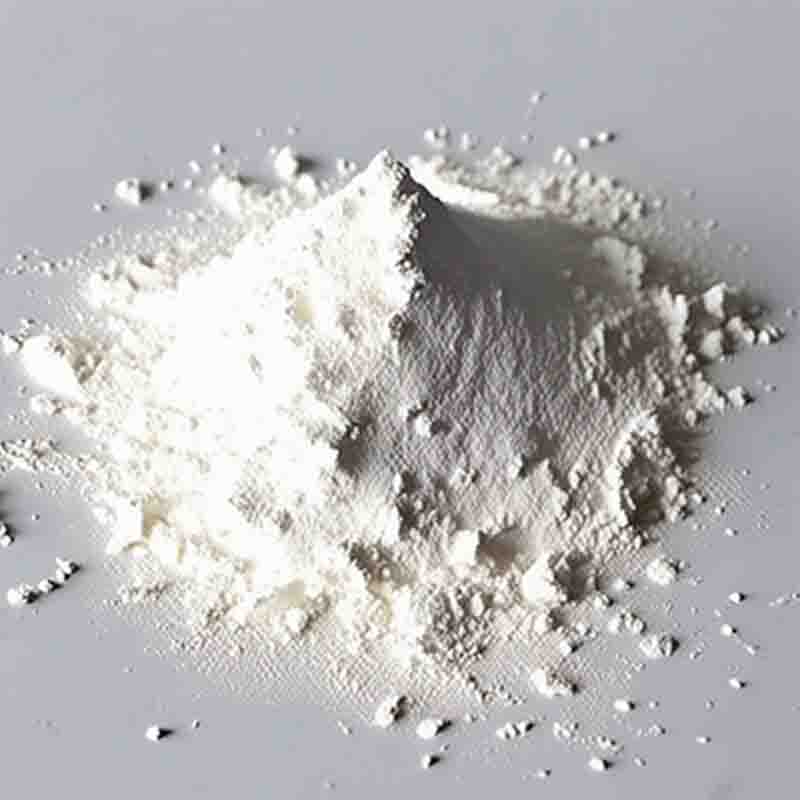
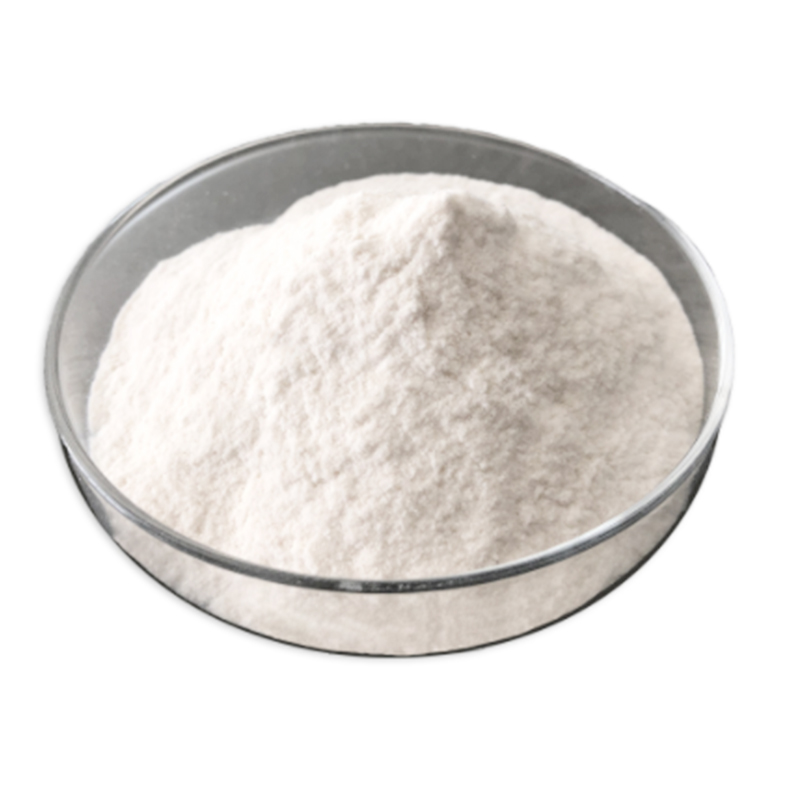
![N-methyl-N-[(3R,4R)-4-methylpiperidin-3-yl]-7H-pyrrolo[2,3-d]pyrimidin-4-amine CAS: 477600-74-1](https://cdn.globalso.com/xdbiochems/白色粉末2371.jpg)
